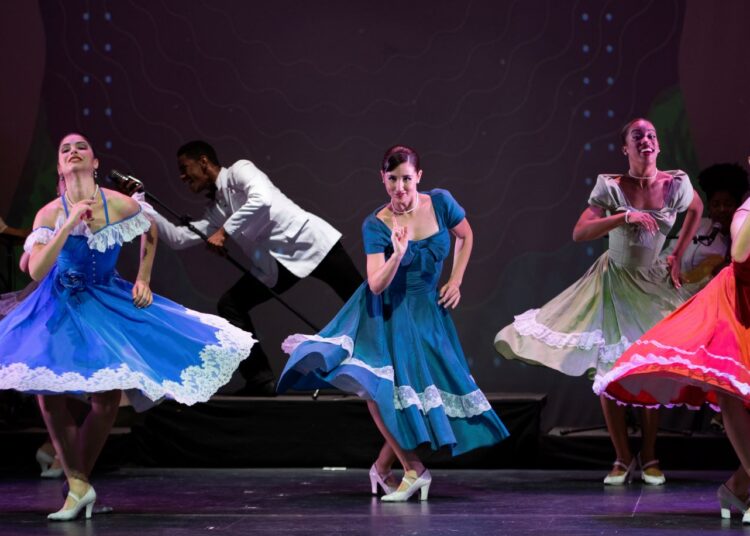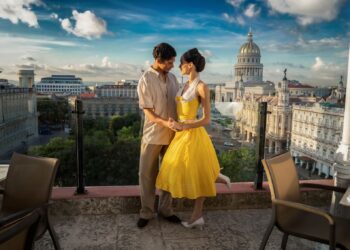Culture is perhaps one of the areas in today’s Cuba in which we can still talk about joy. What we experienced in 2024 is proof of this. Beyond all the shortcomings, or rather navigating them as best as possible, the work of artists, creators, cultural promoters and event organizers did not stop.
Some of the controversies that have surrounded the sector in the year had to do with the questioning of the holding of large events in the current context of the nation. It is a valid point of view. However, it ignores that, beyond the necessary social role it has, culture, by providing recreation and spiritual and intellectual growth, also gives employment to thousands of people, therefore supporting many Cuban families.
Understanding its importance, OnCuba takes a look at an intense year for Cuban art and artists, on and off the island.
The always-awaited
A good part of the country’s cultural life (especially in Havana) is in the large number of regular events that take place every year. Events with more or less impact, with greater or lesser growth, but which together make up an immense range of work opportunities for artists, options for the public, a showcase for our cultural life, and possibilities for creators from all over the world to present their art in Cuba.
The first major event of 2024 was the 39th edition of the International Jazz Plaza Festival, the largest musical event in the country, which this time featured the participation of artists from more than 20 countries, added to all the “monsters” of Cuban jazz, who are ultimately those who have maintained the high level and even attracted many of the international stars who come as guests to the Festival.
Other major events that the public expects every year also had their editions. We mention the International Book Fair, with Brazil as the guest of honor and more than 45 nations represented, and the International New Latin American Film Festival in Havana, with more than 250 works in competition from 42 countries, although its climax was the world premiere of the first two chapters of the series One Hundred Years of Solitude produced by Netflix.
In turn, 2024 hosted the most important biannual meetings of Cuban culture: The 28th Alicia Alonso International Ballet Festival of Havana and the 15th International Biennial of Havana.
The most important dance event in Cuba had to overcome the two collapses of the National Electric Power System (SEN) and the passage of Hurricanes Oscar and Rafael. The Festival brought back to the Cuban scene the classic “Swan Lake,” which had not been presented in its entirety in our country since 2018, but perhaps one of the greatest achievements of this 28th edition was the great inclusion of Cuban companies of different styles in its program.
The Havana Biennial began on November 15 and is just halfway through. Its program runs until February 28. Under the motto “Shared Universes,” the curatorship has focused on building spaces for dialogue, social transformation, and experimentation.
Although music is the manifestation that hosted the most events in 2024, it is important to highlight the diversity among them. From those dedicated to popular music (perhaps the most popular themselves) such as the Fiesta del Tambor, the Salsa Festival, or the Varadero Josone; to the more classical ones, such as the Havana Contemporary Music Festival and the Mozart-Habana, without forgetting those that are important platforms for the rescue, promotion, and growth of other genres such as the Longina Canta a Corona National Meeting of Singers-songwriters in Villa Clara, the Pepe Sánchez Trova Festival in Santiago de Cuba, the Eyeife Havana International Electronic Music Festival, or the International Havana Danzón Festival.
In the field of music, Cubadisco 2024 stands out. Although the most important event and fair in the Cuban music industry is still far from being what it should be, the most important music event in Cuba, this year it showed better curatorship. The presence of Colombia as the guest of honor displayed a true cultural connectivity with a nation that not only has much to contribute, but is one of the most important international stages for Cuban music today.
The pianist Frank Fernández, together with the National Symphony Orchestra of Cuba, under the direction of Enrique Pérez Mesa, won the Grand Prize for the album Beethoven. Conciertos para piano.
Important events of all cultural manifestations and expressions also took place outside the capital. It would be worth mentioning the Ibero-American Congress of Décima and Improvised Verse in Matanzas, the Romerías de Mayo in Holguín, the Caribbean and Experimental Theatre festivals Desconectado a 969 in Santiago de Cuba, the Gibara International Film Festival in Holguín, the Fiesta de la Cubanía in Granma, the José Antonio Aponte In Memoriam Meeting and Theatre Festival in Camagüey; and the Canchánchara Festival in Trinidad, Sancti Spíritus.
Most of the events mentioned here are already established events, although with the constant challenge of not becoming stuck in time. But it is also important to look at those “newborns” such as the Eyeife Women Festival; the Isla Verde International Caribbean Film and Environment Festival, on the Isla de la Juventud, and the Havana RPM Festival, which are arriving to offer more inclusive perspectives.
The Timbalaye, Afropalabra and Satiricón festivals, the Meeting of Ballet Teaching Academies, the Art in the Rampa and FIART craft fairs or Circuba Internacional were other events that took place in 2024 and that attest to the fact that there are few areas of art in Cuba that do not have an exclusive event.
The Corazón Feliz International Meeting of Arts for Children deserves a special mention, the only major event dedicated to children that for four years has filled a space that had been empty for decades. Directed by Rochy Ameneiro and the duo Rubén Darío Salazar and Zenen Calero, the success of its two in-person editions (the first two were online due to the pandemic) has proven the great need that the public and artists had for a space of this type, not to mention the number of important creators from Latin America and Spain who have come to Havana for the meeting.
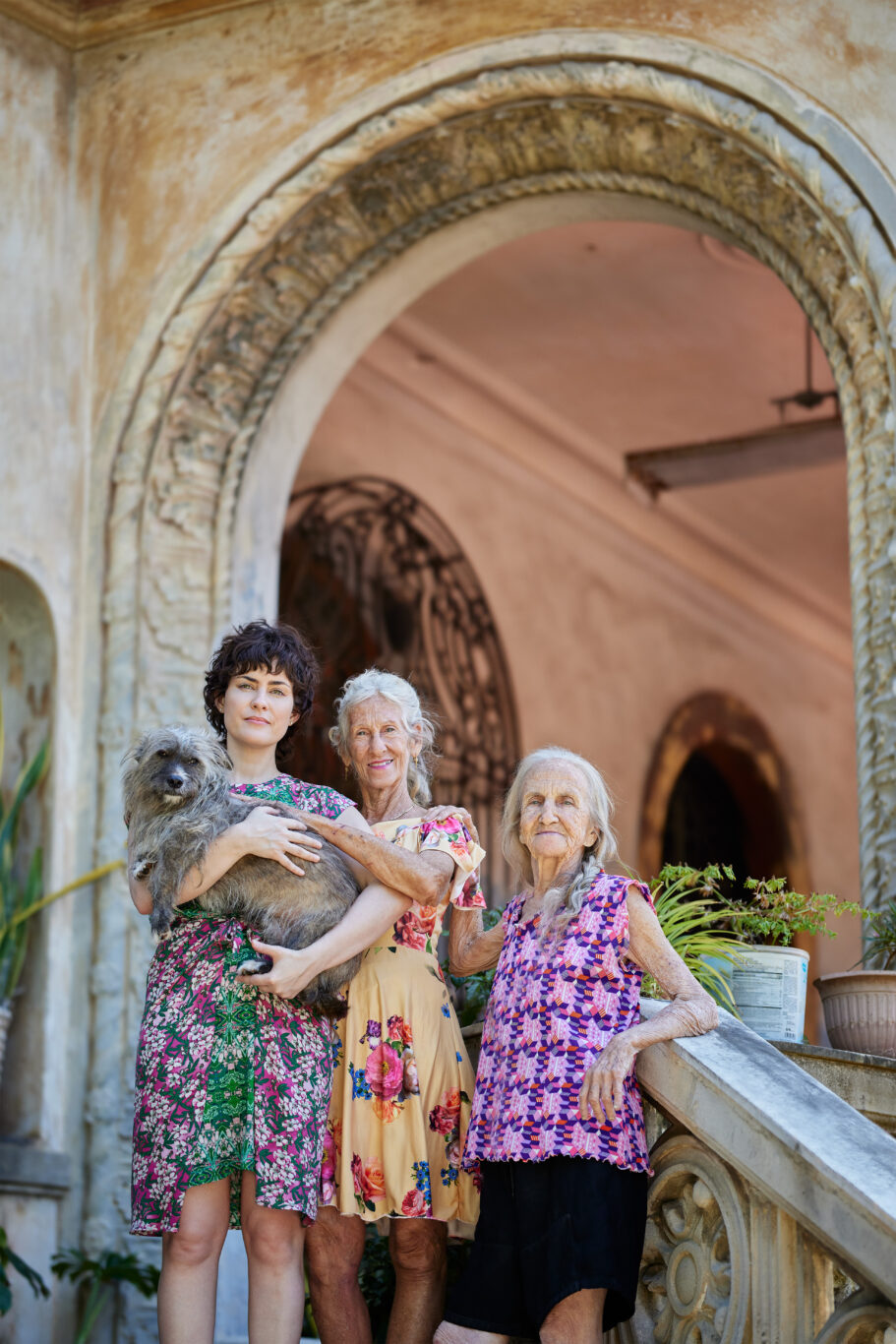
Outside of “eventism” there is also life
Although events bring together a large number of presentations, many of them are of high quality and others unique, outside of them there is also a whole cultural agenda of constant activity in all areas of art.
A variation to highlight this year is the decrease in the number of active state cultural institutions or with quality in their proposals, including theaters, which in Havana are increasingly fewer. At the same time, the number of private spaces that host musical and humor presentations, exhibitions, audiovisual projections and many other cultural activities has grown.
If we review some great encounters with art that 2024 gave us, we have to remember the return to the Cuban stage of Manteca, the emblematic work of the Cuban actor and playwright Alberto Pedro, by the hand of Tebas Teatro; and of Réquiem por Yarini, by Carlos Felipe, another of the classics of Cuban theater, now in the vision of El Público, under the direction of Carlos Díaz.
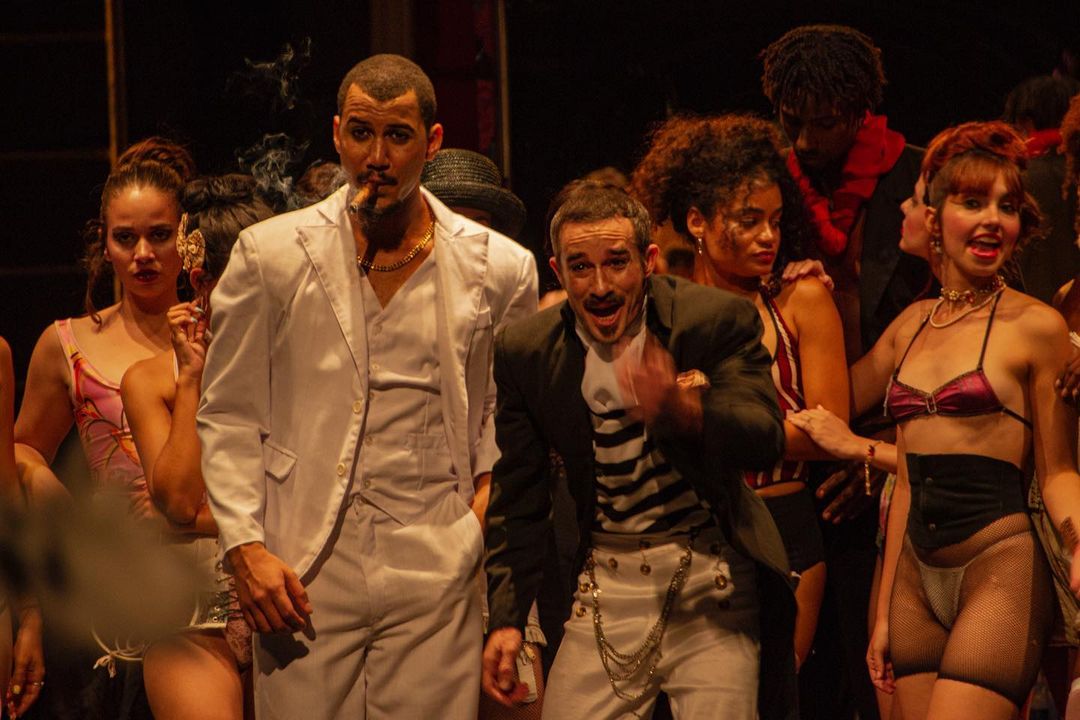
In music, singer-songwriter Pedro Luis Ferrer’s short tour of stages in three Cuban provinces generated as much joy as debate. The Fábrica de Arte Cubano (FAC) in Havana, the El Mejunje cultural center in Santa Clara, the Tomás Terry Theater in Cienfuegos and the Covarrubias Hall of the National Theater of Cuba, in the capital, made possible the reunion of the author of “Espuma y arena” with an audience whose desire to enjoy him was always there and was revived in 2023 with his two concerts at the National Museum of Fine Arts.
Premieres and debuts are often news, especially when they meet or exceed expectations. That happened this year with the world premiere of Mondo, the new piece by Susana Pous for Micompañía, a group that the Spaniard created and directs in Cuba, and which is one of the most recognized dance groups in the country.
Pous herself was also involved in another of the important debuts of the year. Acosta Danza Yunior, the new artistic project of Cuban dancer and choreographer Carlos Acosta, had its stage birth in February, and its inaugural repertoire included the premiere of Susana’s “Fuga.” The group is made up of 10 dancers between 18 and 20 years old, graduates of the company’s academy founded by Acosta in 2016.
Other important presentations were associated with the creative motivation that anniversaries always bring.
The National Folklore Group celebrated its 62nd anniversary, and celebrated with the premiere of Comunidad, a tribute to Ciclo Congo, the first show of the emblematic group.
Danza Contemporánea de Cuba took up “Carmina Burana,” one of its most recognized works, as part of the actions for the 65th anniversary of the company’s foundation.
The National Ballet of Cuba dedicated a Gala to the 30 years of professional artistic life of first dancer Viengsay Valdés, general director of the institution, and who starred on stage in the special presentation interpreting some of her greatest hits, such as “Sleeping Beauty” and “Love, Fear, Loss.”
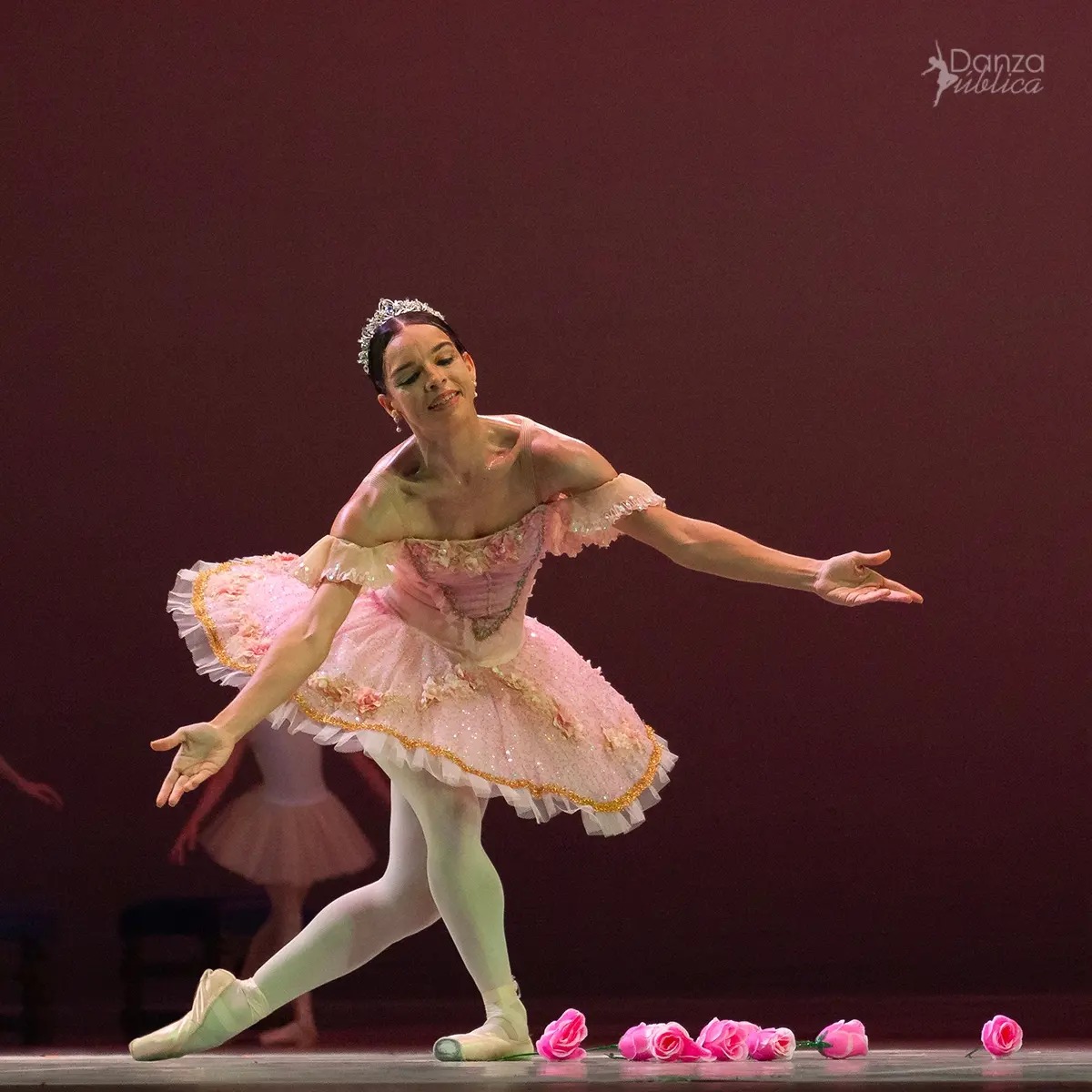
The National Museum of Fine Arts closed its tribute to the 100th anniversary of the death of the Valencian painter Joaquín Sorolla with a digital exhibition, and paid tribute to the 110th anniversary of the birth of Cundo Bermúdez with an exhibition of works treasured by the institution of the man who is considered the last master of the Cuban avant-garde.
Teatro de Las Estaciones, created and directed by the National Theater Prize winners Rubén Darío Salazar and Zenen Calero, turned 30 years old. To their unstoppable work they added the unique show “Cuatro estaciones para un retablo,” which in the Havana National Museum of Fine Arts brought together the cast of the group with Freddy Maragoto, Bárbara Llanes and Rochy Ameneiro.
The Cuban music train, Los Van Van, also experienced important moments this year. In February they became the first popular music group to perform at Fábrica de Arte Cubano. FAC dedicated one of its emblematic stars to Juan Formell just 10 years after his death; and on December 4th “La Maquinaría” turned “55 years” as they themselves named their campaign, and they celebrated it with the greatest conjunction they have achieved with Cuban plastic artists of all generations, who created and exhibited their tribute pieces together at La Lavandería, which of course played to the rhythm of live songo.
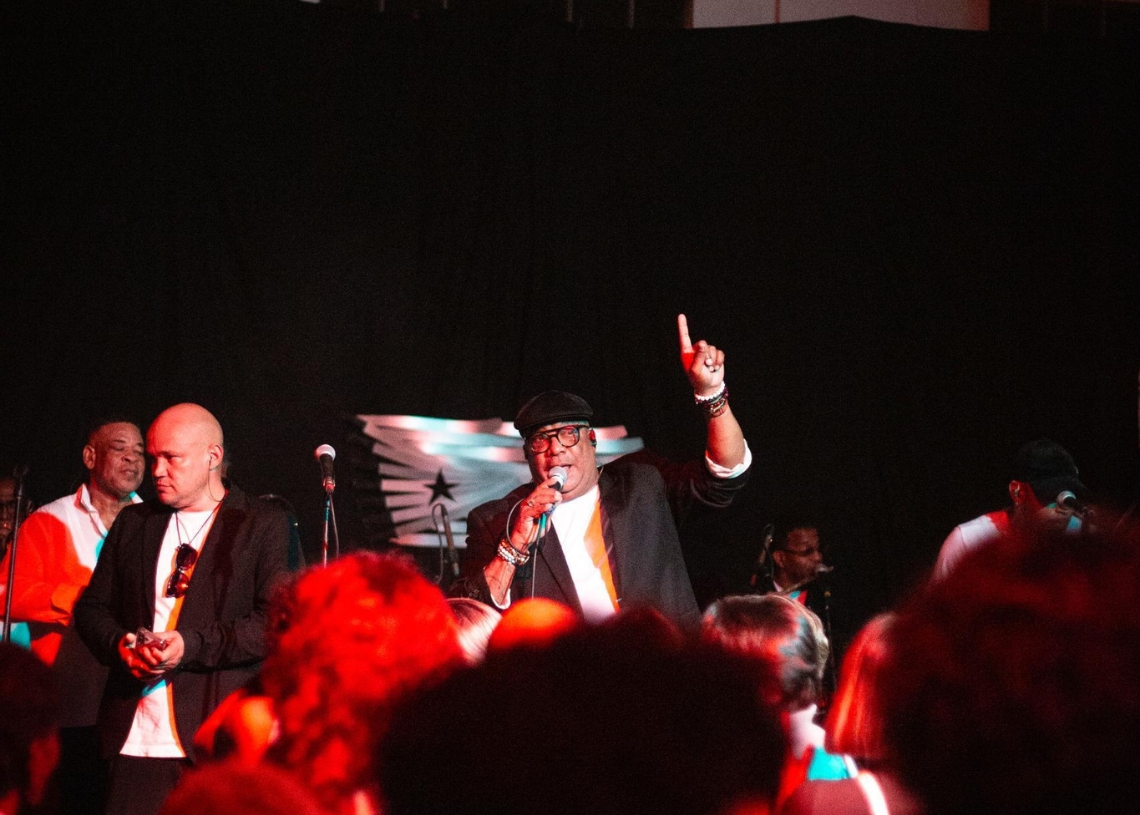
Cuba: a stage that many prefer and an art that the world awaits
Many creators visited and performed on Cuban stages in punctual and unique performances, but which also mark milestones.
Among them are: jazz pianist, composer and music producer Robert Glasper; the Colombian group Ghetto Kumbé; the Metro Big Band, a U.S. group directed by Camp Kirkland; the singer, composer and actress Laurin Talese; the Harvard University Jazz Orchestra; the Argentine accordionist and composer Chango Spasiuk; the Spanish singer Argentina, and Bocafloja, one of the most important voices in the Spanish-speaking hip-hop scene.
But Cubans also left their mark throughout the world. Dance had many opportunities to show its level on stages around the world, and took advantage of them. The leading company of Cuban dance, the National Ballet of Cuba, was in countries such as Puerto Rico, Spain, Portugal (after 24 years), and China; although some of its leading figures also starred in other important moments outside the country.
The first dancer Dani Hernández participated in a series of four galas named Les Étoiles in Rome, Italy; while the first dancer and director of the National Ballet of Cuba, Viengsay Valdes, together with the emerging figure Ányelo Montero were part of the “Grand Gala with the stars” in Grosseto, Italy.
For his part, the creator of Acosta Danza, Carlos Acosta, brought the show On Before to the Sarasota Opera House, marking his return to the United States since 2018; and he presented the piece Folclor in Catalonia. His new company, Acosta Danza Yunior, which debuted at the beginning of the year in Havana, had its international debut in the United Kingdom in September.
Lizt Alfonso Dance Cuba took her new work Cuba Vibra on an extensive and notable tour of Europe; while the Spanish Ballet of Cuba toured several cities in China with the work “Yo soy Cuba”; and the Camagüey ballet was in Central America with a concert program of its traditional repertoire.
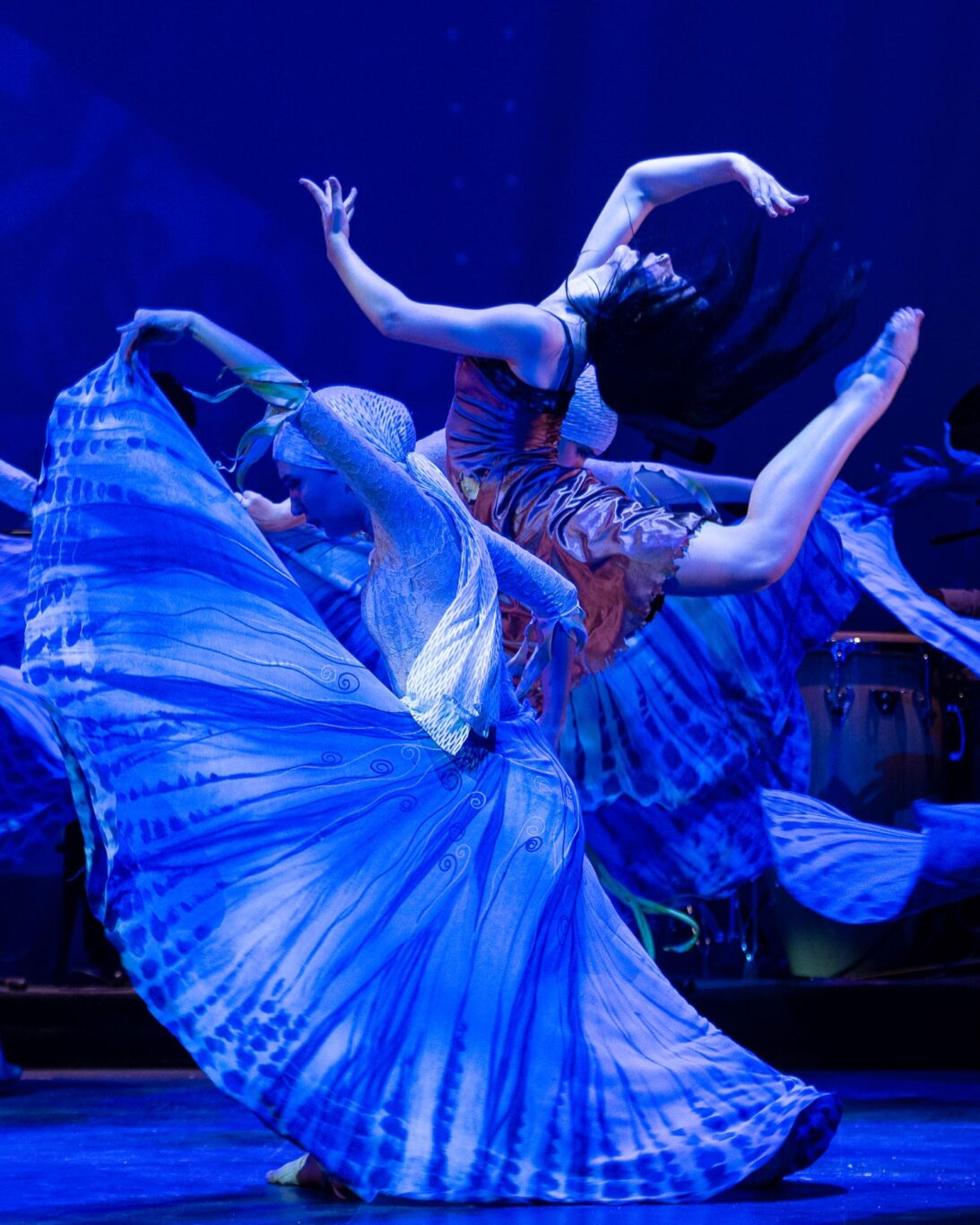
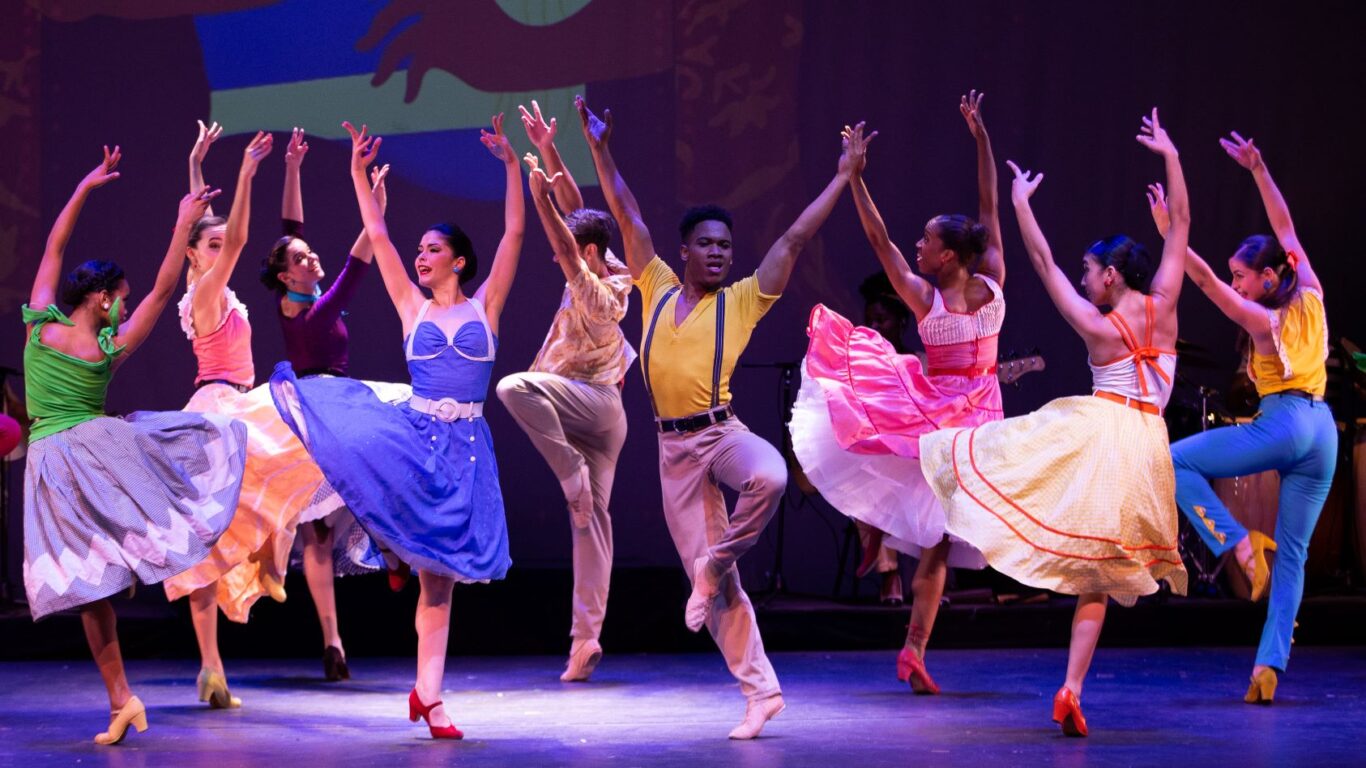
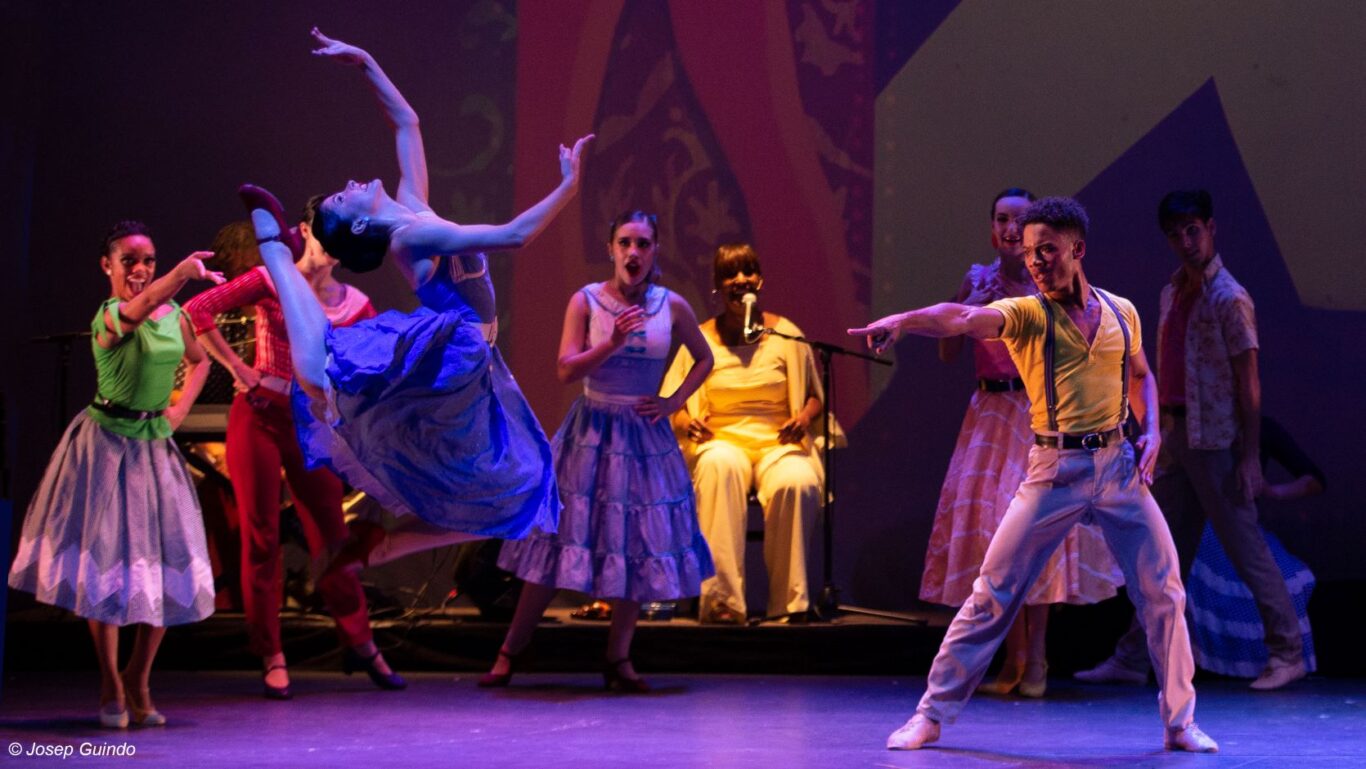
In the visual arts, there were exhibitions of Cuban art at the Mohamed VI Museum in Rabat, Morocco, the Galeria 10/10 in Mexico City, the McMullen Museum of Art in Boston and the Patricia & Phillip Frost-FIU Art Museum in Miami, taking a look at collective exhibitions.
On a personal level, it is worth highlighting Carlos Garaicoa’s first exhibition in Italy; Wilfredo Prieto’s participation in the 60th International Exhibition of the Venice Biennale and the exhibition Río en mis Jardines by the Cuban painter Zaida del Río in Tampa.
The most universal of Cuban painters also had to be looked at again from various parts of the world. Hong Kong hosted the first major Asian retrospective of the Cuban painter Wifredo Lam and the Gary Nader Art Centre gallery in Miami dedicated a retrospective to the painter of “La Jungla.”
The seventh art also left its mark on the world. Not only from the screening, but also from the tribute to Cuban cinema, which was part of various events around the world.
The Havana Film Festival in New York paid tribute to Nicolás Guillén Landrián and Tomás Gutiérrez Alea; the Spanish-Cuban co-production El mundo de Nelsito, by director Fernando Pérez, was screened at La Casa de América in Madrid; and Cuban journalist and documentary filmmaker Esther Barroso presented her new documentary Cartas de Calvino, about the Italian writer born in Cuba, in Rome.
Music, the great ambassador of Cuban culture, was also all over the world. From Cimafunk at the White House, Los Muñequitos de Matanzas in Italy, Guido López Gavilán with a world premiere in Panama, to the Original de Manzanillo Orchestra and Alain Pérez at the Salsa al Parque Festival in Colombia. All genres of Cuban music and the vast majority of our musicians had the opportunity to perform abroad.
The unforgettable album Buena Vista Social Club was included in the Grammy Awards Hall of Fame, at the request of the Latin Recording Academy of the United States.
Saying goodbye
More than thirty figures from the arts in different areas died in 2024. News that often became a real shock due to the unexpected death of figures such as actress Corina Mestre, actor Carlos Massola, director Víctor Alfonso, photographer José Antonio Medina “Pepín el Obrero” or filmmaker Jonal Cosculluela.
Without a doubt, in this sense, the greatest impact generated in the artistic community and the public was the murder of reggaeton singer José Manuel Carvajal “El Taiger,” one of the most established exponents of the genre who in his more than 15-year career never stopped being followed.
No less painful was the departure of important legendary figures of our culture, with whom we feel that we are also saying goodbye to an era and a way of making and understanding art: the iconic Juana Bacallao, the great dance master Ramona de Saá, the playwright Nelson Dorr, the filmmaker Sergio Giral, the musicologist Laura Vilar, the composer Marta Valdés, the trumpeter Luis Manuel Mirabal Vázquez “El Guajiro Mirabal” and the stage designer Eduardo Arrocha, among others.
Cuban art, trophy in hand
On and off the island, the recognition of the value of Cuban art was not only applause. But if we have to talk about winners in 2024, we must start with the film La Mujer Salvaje by Alán González.
The film was the best Cuban fiction feature screened on the island during 2023 according to the Cuban Association of Cinematographic Press; it was the Grand Prize winner of the second edition of the Kinolatino Film Festival in Belgium; it took home the trophy for the best work of fiction at the Panama International Human Rights Film Festival and won the Lucía Award for the best fiction feature at the 18th Gibara International Film Festival. Its protagonist, Cuban actress Lola Amores, deserved the Silver Biznaga Award for Best Female Performance at the Malaga Film Festival.
Amores was also deserving of the award for best actress at the Havana Film Festival in New York and an Honorable Mention for best actress at the Puerto Rico Film Festival for her performance in the film Una noche con los Rolling Stones, by director Patricia Ramos, a film that won the Best International Feature Film at the Puerto Rican festival itself.
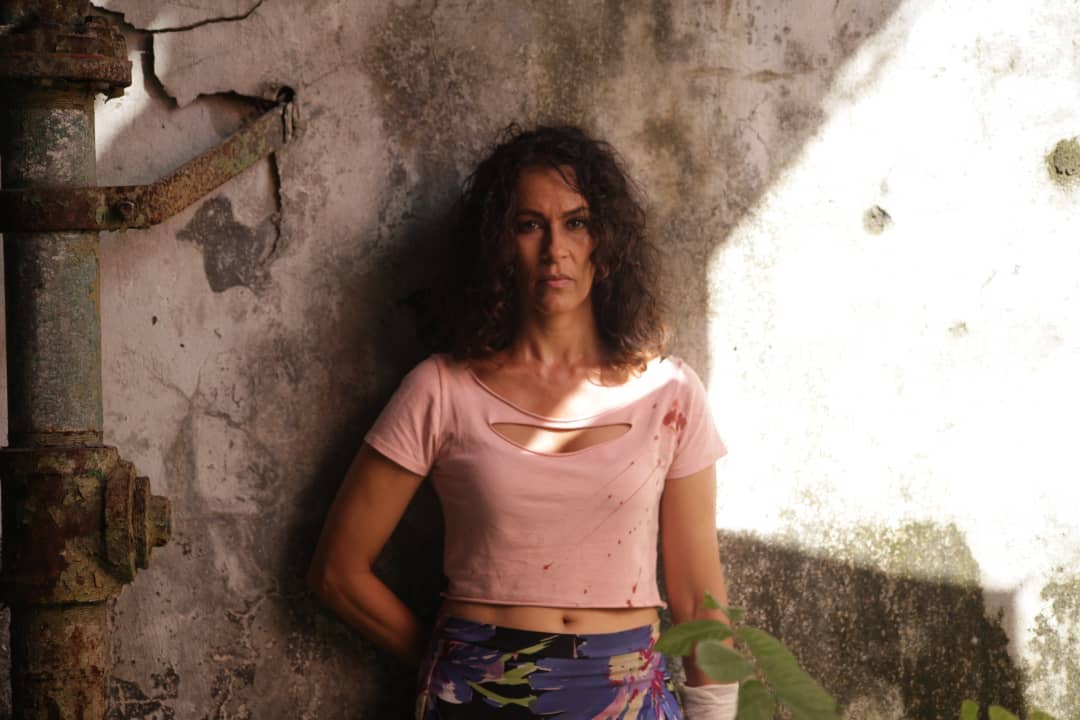
Other winners of Cuban cinema were Andrea Doimeadios for Best Leading Actress at the Fine Arts Film Festival Made in the Dominican Republic, an event that dedicated the posthumous award for best leading actor to Alexis Díaz de Villegas.
Cuban director Marcos Díaz won the award for Best First Film at the 39th Guadalajara International Film Festival with his work Fenómenos naturales (Cuba-Argentina-France); and Cuban independent filmmaker Miguel Coyula won, with his work Crónicas de lo absurdo, the award for Best Film at the International Documentary Film Festival Amsterdam.
In 2024, there was also no shortage of recognition in different parts of the world for Cuban musicians. Singer-songwriter Silvio Rodríguez was recognized with one of the medals awarded by the General Society of Authors and Publishers (SGAE), an institution that also awarded the Tomás Luis de Victoria award to the Cuban composer and orchestra conductor Tania León; the singer and guitarist Eliades Ochoa received the La Mar de Músicas award in Cartagena; and trumpeter Arturo Sandoval was awarded the Kennedy Center Medal in Washington.
The Latin Grammys are always an eagerly awaited moment in which Cuban music also stands out, although it should be noted that 2024 was not the best time for artists residing in Cuba. Paquito D’Rivera, Gonzalo Rubalcaba, Aymee Nuviola, Cimafunk, Alex Cuba, Hilario Durán, Renecito Avich and Rafael “Pollo” Brito were among the Cuban artists nominated in different categories, although producers and composers such as Alden González, Geovanis Alcántara and Vicente García were also nominated.
Of these, Hilario Durán won the 2024 Latin Grammy in the Best Arrangement category for the song “Night in Tunisia” in which Paquito D’Rivera also participates; producers Alden González and Geovanis Alcántara for their work on the album Rodando por el mundo by José Alberto “El Canario,” which won the Best Traditional Tropical Album, and which also featured other Cuban guests such as Pablo Milanés, the String Quartet and the Wind Quintet of the Eastern Symphony Orchestra, Alexander Abreu and the groups Los Guanches, Magic Sax Quartet and the Azabache Orchestra of Cuba. The album Celia Cruz en vivo – 100 Años de Azúcar won the Golden Gramophone for Best Packaging Design; and the academy awarded its Latin Grammy Award for Musical Excellence to singer Albita Rodríguez.
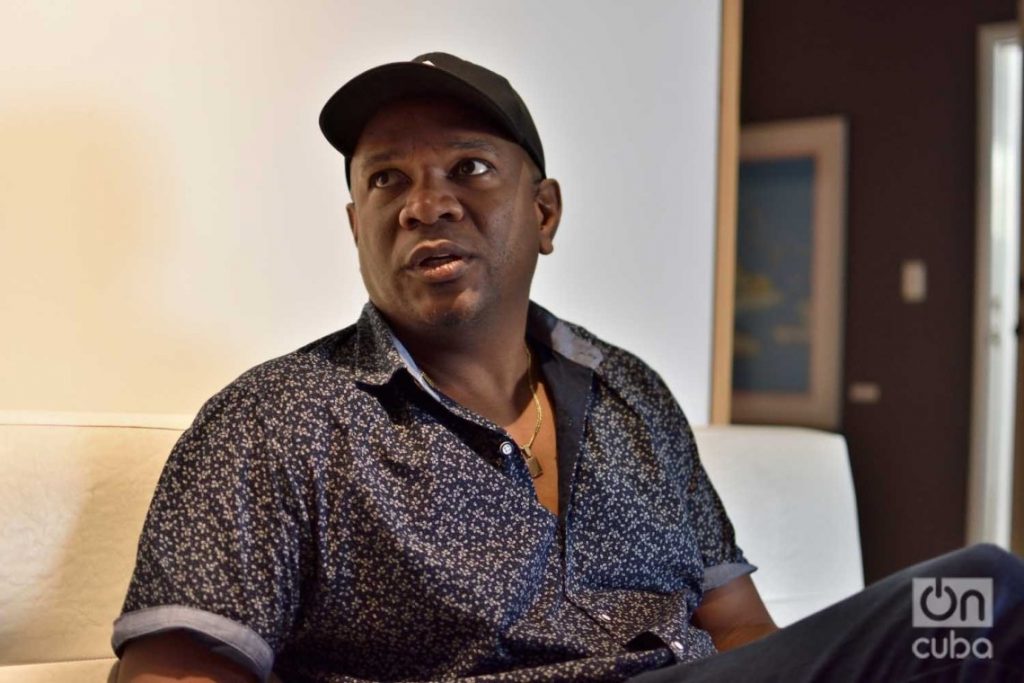
With the collection of poems El libro de los golpes, Cuban Carlos Manuel Gómez won the 18th Antonio Gala International Prize, and writer Kevin Anthony Legrá Gámez won the Málaga Novel Prize with his text El precio de un ideal.
The Anglo-Hispanic-Mexican University awarded the title of Doctor Honoris Causa to five important figures from different areas of Cuban art: the choreographer Lizt Alfonso, the director of the Children’s Theatre Company La Colmenita Carlos Alberto Cremata; the actor and director Jorge Perugorría; and the visual artists Roberto Fabelo and Manuel Mendive.
In Cuba, all the usual annual awards were also given, including the highest distinctions in each creative area: the National Awards.
In the area of literature, the winners in each category were announced just a few weeks ago: Waldo Leyva Portal (Literature), Alex Pausides (Editing), Ricardo Rafael Villares Alfonso (Design), Mildred de La Torre Molina (Social Sciences and Humanities).
The actress and producer of children’s programs Ana Nora Calaza won the 2024 National Television Award and the writer and screenwriter Pedro Urbezo Pérez deserved the same distinction in Radio.
Meanwhile, Alfredo O’Farril is the 2024 National Dance Award winner; the actor, director and cultural promoter Jorge Perugorría is the winner in Film; the singer, composer and guitarist Miriam Ramos in Music, and Carlos Alberto Cremata in Community Culture.

